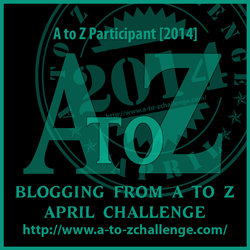Family stories are a great way to add flavor to the research and can give a direction to research.
However, often there are family stories that because you share the same surname as someone famous that you are related to that person. If there is a relationship, prove it. Find the documentation to back it up.
My maternal grandmother was a Burns. He father related that his father maintained they were related to Robert Burns, the Scottish poet and were third cousins. Based on my parents research, if there is a connection it is more like fifth cousins. Robert Burns had no known sons, so one can’t prove easily via DNA that there is a connection. One of my grandmother’s nephews, a son of one of her brothers, submitted his DNA to the Burns Surname DNA Project, and so far the matches found are not conclusive to tie into the known descendants of others in Robert Burns’ male line, i.e. cousins, etc. The paper trail is difficult as well. So while there might be a connection, it is not as easy to prove as one might think.
However, you can’t just dismiss family stories, for there is a grain of truth in all of them. If you share a last name with a famous person, you at the very least have the same last name. If you can never find the paper trail or DNA testing to prove it, then you still have a story. See if you can find the origin of the story and maybe why it got started. Get details. If all the story is “We are related.”, then you will have a hard time getting anywhere with it. If the story is, your great grandmother married the great great grandson of this famous person, then the job is easier.







